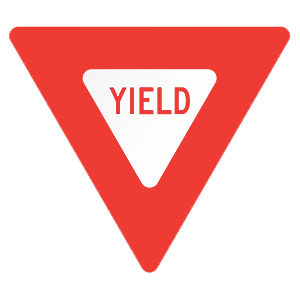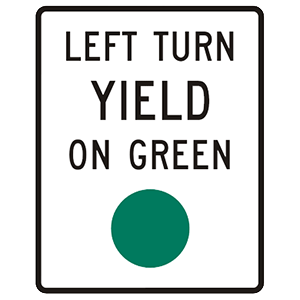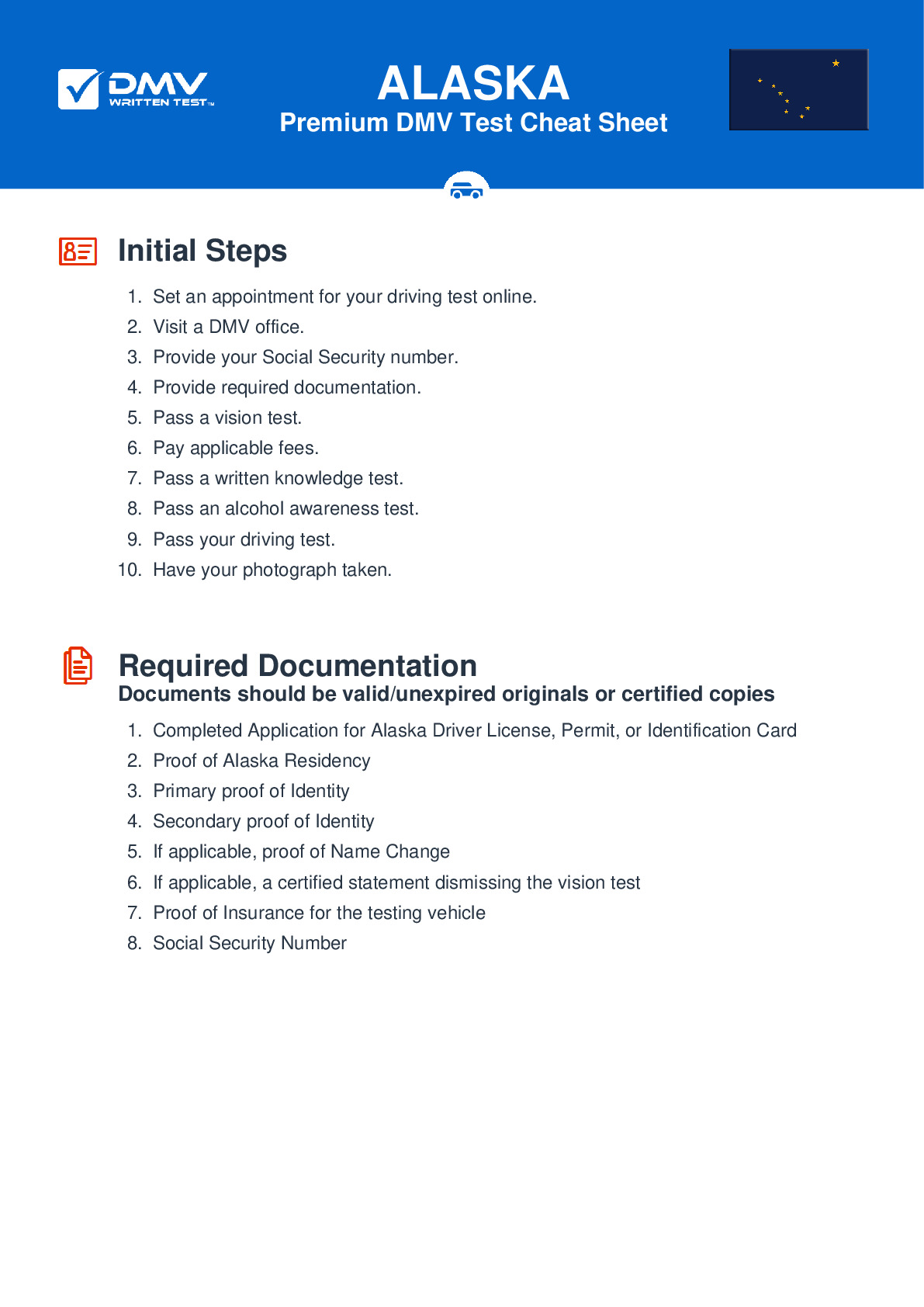2025 Alaska Permit Test 5
The following questions are from real DMV written tests. These are some of the actual permit questions you will face in Alaska. Each permit practice test question has three answer choices. Select one answer for each question and select "grade this section." You can find this button at the bottom of the drivers license quiz. For a complete list of questions and answers for Alaska please visit https://cheat-sheets.dmv-written-test.com/en/alaska/car.
Number of Tests
Number of Question
Passing Score
7. When approaching a flashing yellow light, drivers should:
Explanation
A flashing yellow light warns of a hazard. Slow down and proceed with caution.
8. If another car is in danger of hitting you, you should:
Explanation
Your horn should be used to warn other drivers or pedestrians in situations where they may not see you. For example, if you think another driver is about to hit you, you should sound your horn.
9. Under Alaskan law, seat belts are required to be used:
Explanation
Every person in a motor vehicle is required by law to use a safety belt, including the driver. The driver is responsible for the use of safety belts by all passengers under the age of 16.
10. This road sign means:
.png)
Explanation
This sign marks parking spaces that are reserved for people with disabled parking permits.
11. This sign means:

Explanation
Decrease your speed as you approach an intersection with a yield sign. Prepare to stop and yield the right-of-way to vehicles and pedestrians in the intersection or crossroad. You must come to a full stop at a yield sign if traffic conditions require it.
12. This road sign means:

Explanation
This sign is used with a traffic signal to tell drivers that left-turning traffic does not have the right-of-way and must instead wait for oncoming traffic to clear.
13. Your vehicle's stopping distance increases when stopping:
Explanation




